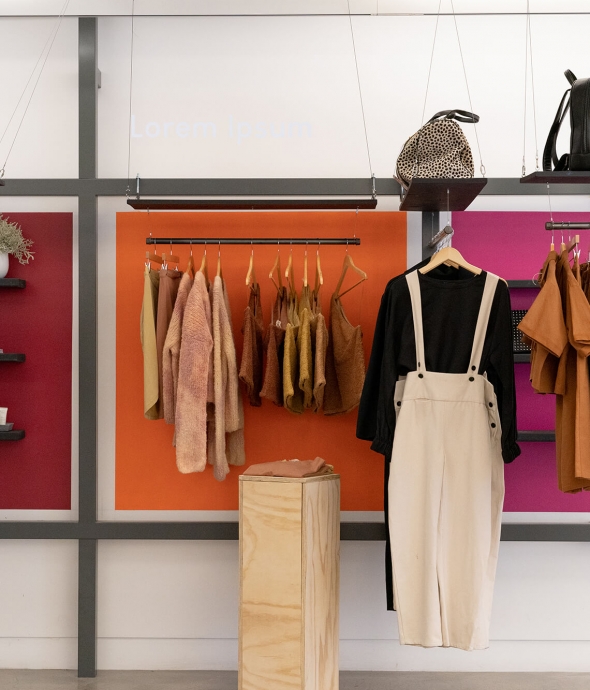Sustainability is the future or rather it needs to be the future— our earth can only have so many resources. Fashion cannot continue to be as mass-produced as it has been.
Grassroots brands with eco-friendly, ethical practices deserve the limelight now—need to be in the limelight now. Brands like these tend to be the harbingers of much-needed change.
And companies like The Canvas are helping to make it happen.
The Canvas is all about building awareness for growing sustainable fashion and green initiatives by providing these emerging brands with a critical resource they need to compete with some of the larger players.
The Canvas negotiates revenue share agreements over fixed rent for brick and mortar retail spaces. This, in turn, allows them to pass on savings to their network of green brands, who then can enjoy the benefits of a shared physical retail space in a high traffic location. All of their brands use the United Nations’ Sustainable Development Goals as a framework for their product development, which doubles down on the Canvas’s sustainable reuse of our limited urban spaces (as opposed to constructing new buildings). This is further amplified by an innate interest in improving transparency and communication with the end customer. Sustainability at it’s finest!
How it All Began
Building their empire all started when co-founders Devin Gilmartin and Tegan Maxey first tried to promote their sustainable t-shirt label through digital channels. The brand was called Quarencia Studio LLC, a name loosely meaning “safe place, a haven, one where someone can feel at home and at peace— gain strength from.”
Gilmartin and Maxey quickly realized, however, in trying to get their products through small distribution channels, that numerous other sustainable brands were facing similar challenges. Marketing their products, breaking through the noise, and ensuring an honest supply chain all while trying to educate customers on the value of sustainable production was the bane of many ethical purveyors.
Through their continued efforts, the duo also came to another realization. The city’s startling number of vacant retail spaces was rapidly increasing, however, there was no shortage of brands interested in having the traditional brick and mortar retail experience: if they could afford it.
Retailing in these vacant storefronts would allow for brands to get valuable foot traffic, build a legitimate local community or following, and develop brand equity in a far less competitive offline space. After all, well known brands like Patagonia already had this advantage.
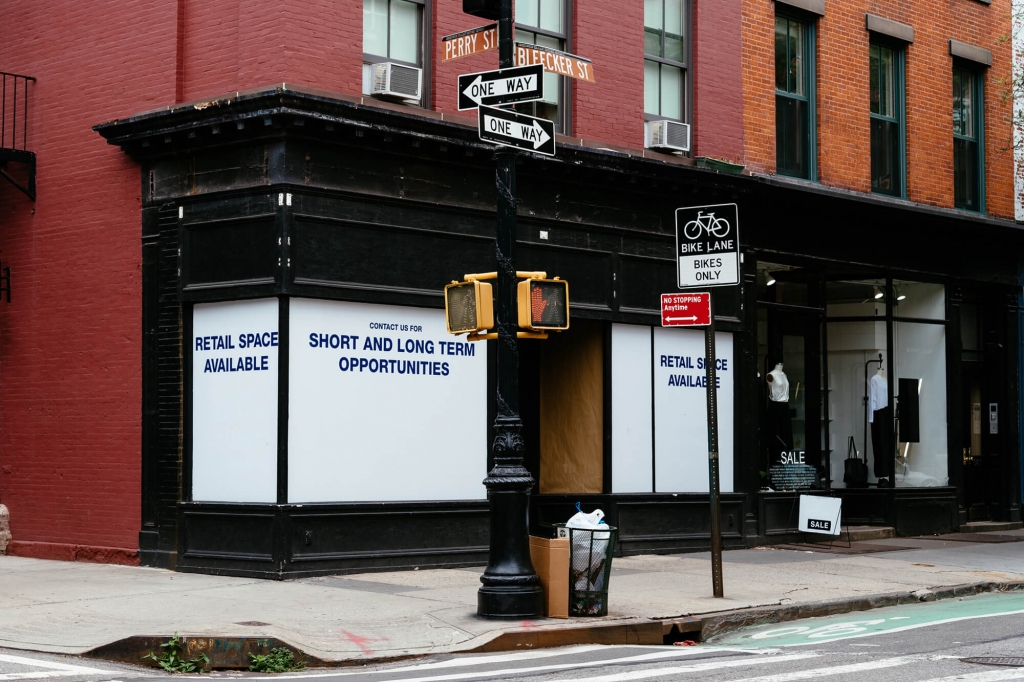
“We started calling landlords and setting up revenue-share agreements, [explaining to them] we have our brand and many brands like us that are here to fill spaces like this— give us an opportunity…and we’ll give you a share of the revenue we bring in as opposed to a fix[ed] rent,” Gilmartin and Maxey said. “So, this allowed us to lower the initial barrier of cost; we’re only on the hook of what we’re bringing in— we can scale the business on low capital.”
This commission model gives sustainable brands with relatively limited capital some room to breathe— and an actual room to finally share their pieces with the world.
For The Canvas, these vacant spaces represented a hole in the fabric of sustainable commerce— there’s a rising demand for eco-conscious brands, a growing number of small businesses meeting that demand and all the empty space in the world just sitting there, waiting for purpose and use.
Filling these spaces is, in essence, what sustainability is all about: using existing resources to make a difference— using spaces we already have, to lessen the waste. After all, it’s much more economical for a customer to pick up a product already in a store than to have that product packaged and shipped to them from another location, possibly by multiple vehicles or carriers.
The Canvas perpetuates this philosophy by enlisting brands into its network that agree to show how they uproot and follow at least one UN development goal. More than 170 brands from over six continents are now in The Canvas community and all are doing their part.
Keeping Up With the Times
Doing their part also means rising to meet new challenges in omnichannel commerce, even the unprecedented ones like COVID-19, with an appropriate battle plan. Due to the pandemic, the need for brick and mortar stores again shifted in priority, only months before The Canvas was set to open a second location in NYC.
“We gathered as a team and decided we had to go full e-commerce and we did that in the span of two weeks— we had many of our brands live and ready to be sold online,” the co-founders explained, passionately. “Right now, that’s absolutely essential.”
Retail Dive agrees, writing that the pandemic has led to an “acceleration towards digital” and eCommerce will “solidify the role that digital can play in engagement.”
Moreover, retailers who invest in “digital infrastructure, including their email marketing, social media channels, and website, have to prepare their mobile and website traffic to handle the rise in traffic,” Ryan Webber, senior vice president of enterprise mobility at SOTI, explained to Retail Dive. Such adoption will ultimately help consumer change in the needs and expectations of brands.
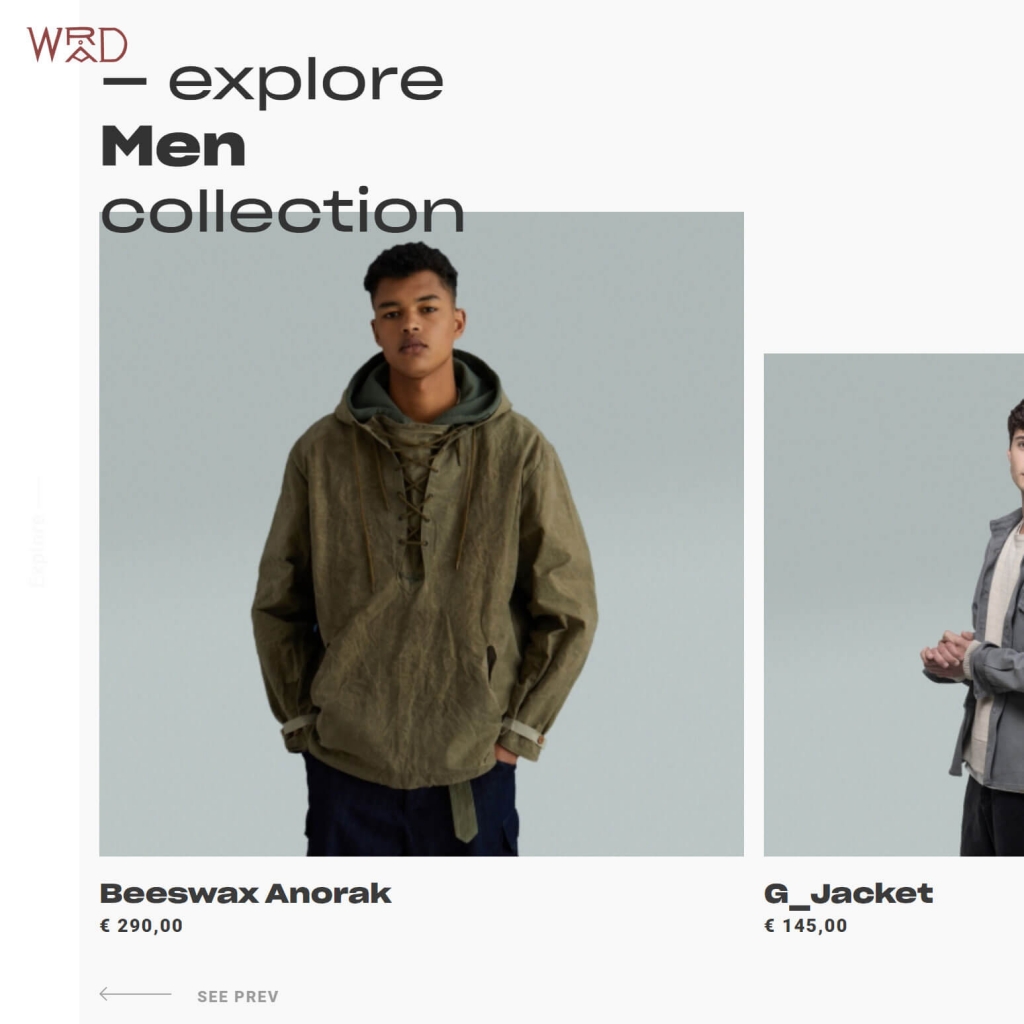
This is especially true with ethically-focused brands, as The Canvas has noted that sustainable shopping meets its own challenges. Thanks to years of discounting and appallingly low prices from fast fashion brands like Fashion Nova and Forever21, consumers in a discount-heavy culture struggle through understanding that higher prices are due to higher quality and fair wages up and down the suppy chain.
“Sustainability is looking at making investments in things that last longer. The issue for sustainable brands is the price point and psychological perception consumers have when they buy clothing,” The Canvas aptly remarks. “It’s been fast fashion for so long now that consumers expect a certain price point, while also wanting to expose supply chains for what they really are.”
If consumers ultimately crave low prices but also sustainably developed apparel; they will be stuck, as the saying goes, between a rock and a hard place.
Social media, eCommerce, and other “digital infrastructure” can therefore play a huge role in showing and explaining to consumers the story behind the clothes. For brands focused on ethical production, the “About” page with the details and information on the supply chain and production values must be a click away from the collection.
How Marketing Comes Into Play
At the end of the day, storytelling is what matters most when it comes to managing these expectations and showing consumers the beauty and necessity of sustainability.
The Canvas has been sharing a visual story for their brands through what they call “source mapping,” where customers can see each point of a brand’s supply chain, understand the journey and visualize the process the brand uses to remain ethical and sustainable. “From a marketing perspective, we need to tell stories, especially during this time,” Gilmartin and Maxey said. “Using software to allow people to visualize the supply chain online, or using an in-store QR code to explain the journey, that’s marketing. That’s storytelling.”
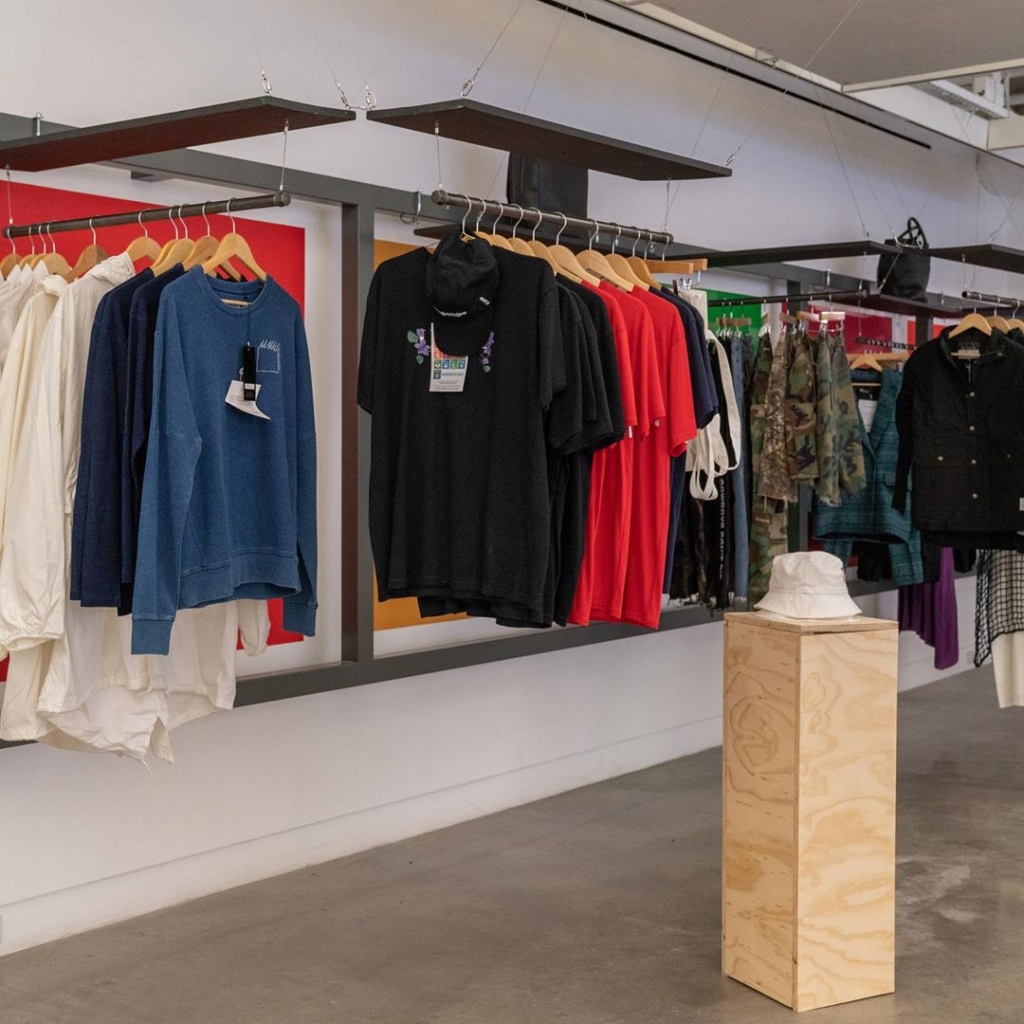
It is exactly what transparency is all about.
The Canvas is propelling stories further by making them personal; with the upcoming launch of a QR code feature that allows consumers to see who makes the garments step by step. It’s source mapping, but with faces and people presented as well.
Taking things a step further, consumers will be able to support these artisans directly by using this technology to send tips in real-time.
The biggest pitfall of many sustainable brands, according to Gilmartin is that they fail to have a direct call to action in their messaging. Without this, the consumer lacks the power to follow through on their goal to be greener. Hence the importance of these details in addition to more direct access and transparency on the part of the brand.
“Making it reliable for the person on the other side, that’s what matters,” The Canvas said. “People want to hear stories and that’s what we’re trying to tell— making sure the call to action has a direct action attached.”
EARTHLY, an up and coming sustainable brand that upcycles clothing into beautiful pieces finds that stories not only inspire but drive sales. Beyond the people that make it, the people that wear the clothing and share their journey are just as essential.
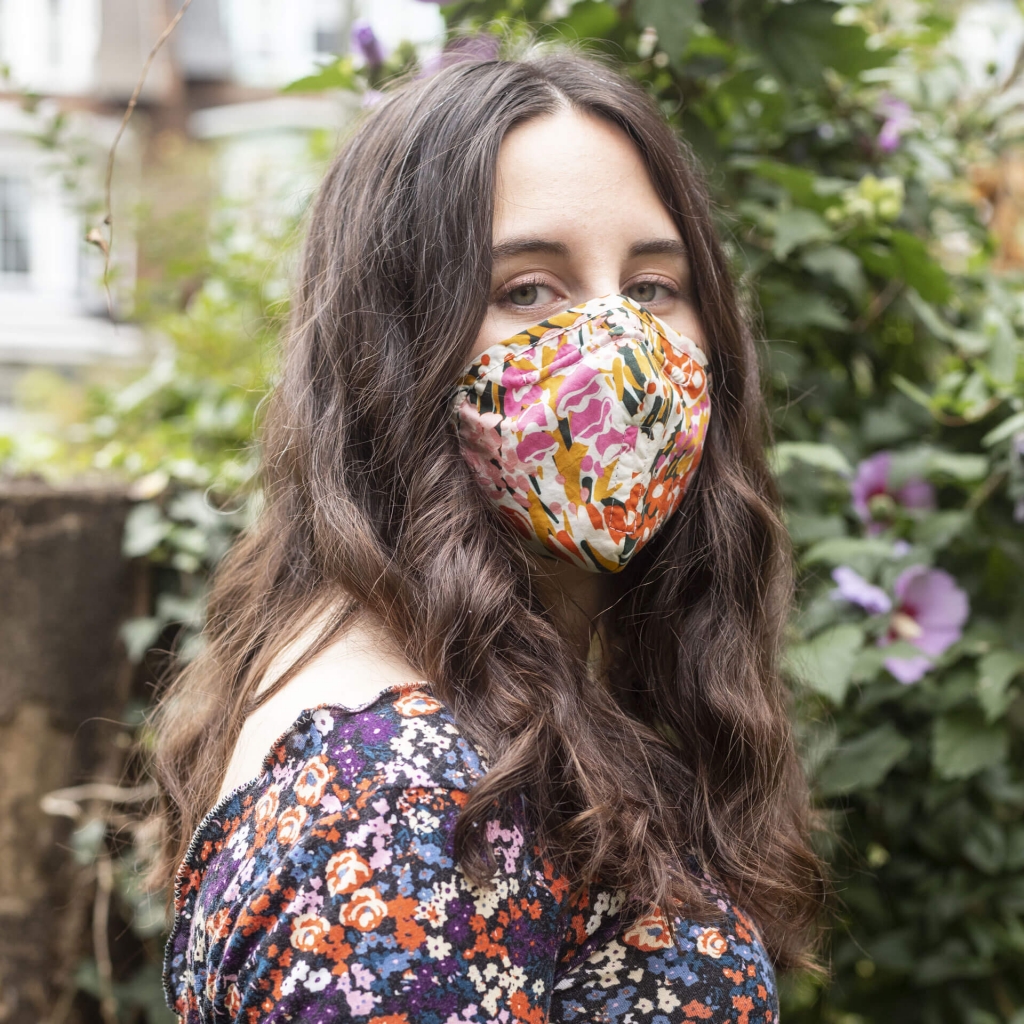
“It’s not just about the pieces themselves, but the models too, that matter,” EARTHLY said about their marketing strategy. “We have models of all races, genders, shapes, and backgrounds show our pieces because inclusivity and diversity is a part of sustainable fashion. You can’t progress without having everyone feel they are part of that journey.”
Such marketing allowed EARTHLY to launch two collections since opening their digital doors in Summer 2020. They’ve seen enough sales volume to support recovery initiatives by organizations like the Lebanese Red Cross, despite being less than a year old.
Without understanding the story behind the brand, consumers will never feel any urgency to follow a brand, pay higher overall prices, and most importantly, come to comprehend the bigger picture of sustainability.
Becoming a Part of The Canvas
For any sustainable brand that wants to become part of The Canvas’s network, going to the site, filling out an application, and directly explaining how the brand is following at least one of the UN’s development goals is key.
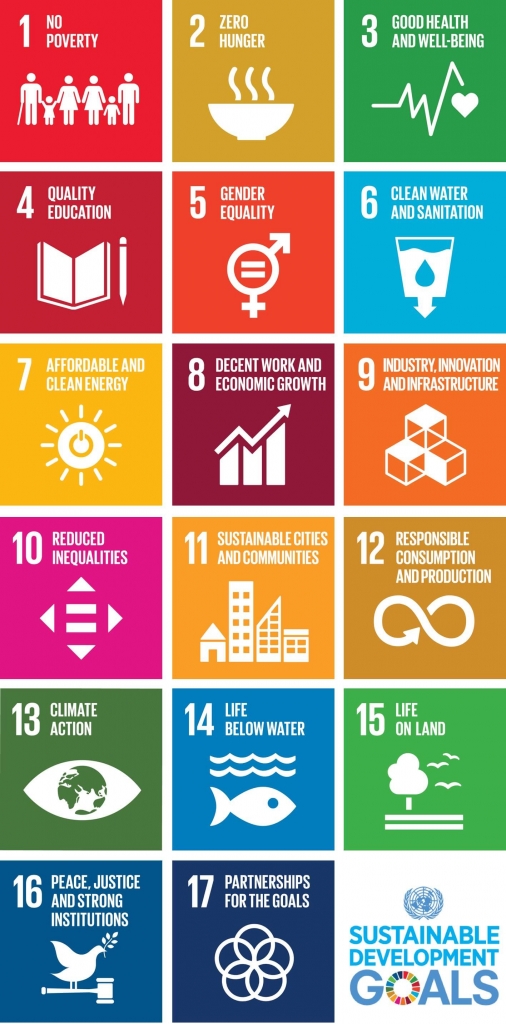
Supporting documentation is always helpful, the co-founders add.
The Canvas, in receiving the application, will assess if the goals of the applying brand align and if the communities can benefit from one another before coming to a final decision. A brand’s size is not something The Canvas considers.
“We have brands that started weeks ago…and we have brands that sell around the world and we are just one of their many retailers,” Gilmartin and Maxey said. “The important thing for us is not the size or scale, but the mission or ambition that a brand has.”
The Canvas wants to be a partner, a platform that allows sustainable brands to grow. If you think you may be one of them, be sure to check out the application here.
As sustainability becomes less of a buzzword and more of the present and future of fashion; the impact of modern retailers that build community and help to educate a wider base of consumers cannot be ignored.
